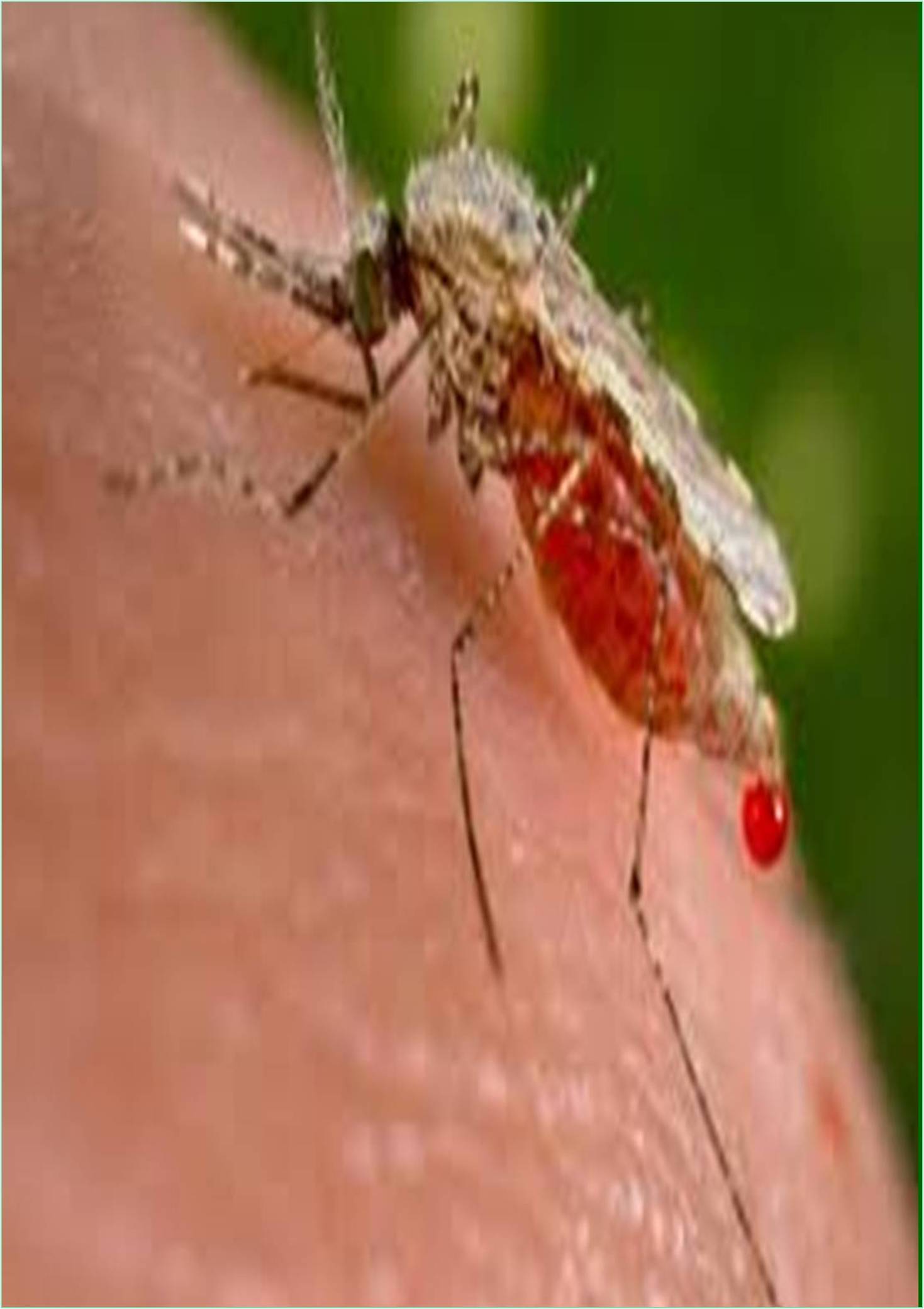



Received: 23-Jul-2022, Manuscript No. IJMAR-22-72011; Editor assigned: 26-Jul-2022, Pre QC No. IJMAR-22-72011 (PQ); Reviewed: 12-Aug-2022, QC No. IJMAR-22-72011; Revised: 22-Aug-2022, Manuscript No. IJMAR-22-72011 (R); Published: 29-Aug-2022, DOI: 10.15651/IJMAR.22.1.008
Congenital malaria, which occurs as a result of vertical transmission of parasites from mother to child during pregnancy or perinatal period, is a rare clinical disorder. It occurs as a result of a clinical malaria attack during pregnancy, but it can also be rarely detected in infants of asymptomatic women and can miss the diagnosis in both mothers and new born. Recently, however, the incidence of congenital malaria has increased due to increased parasite resistance and pathogenicity due to changes in antigenic determinants, in addition to increased awareness. The importance of this report stays in the fact that research and reports from this part of the world is disappeared, even though India is in an endemic area of malaria.
Congenital malaria is defined as a malaria parasite detected by the peripheral cotton swabs of newborns from 24 hours to 7 days of age. Clinically apparent congenital malaria is rare in areas where malaria is endemic and maternal antibody levels are high. Symptoms usually appear 10 to 30 days after birth. The most common clinical features in 80% of cases are fever, anemia, and splenomegaly. Other signs and symptoms include hepatomegaly, jaundice, belching, loose stools, and feeding difficulties, drowsiness, restlessness, and cyanosis may occur.
Causes of Congenital alaria in Children
Congenital malaria is caused by malaria parasites at the blood stage that infect mothers and children. The preerythrocyte stage of the parasite (such as the sporozoite type inoculated by mosquitoes and the liver stage type that develops in hepatocytes during the first week of infection) is known to cross the placenta and cause congenital malaria. Therefore, treatment of congenital malaria is aimed at eradicating parasites at the blood stage, not at the liver stage in newborns. The clinical features of congenital malaria are often nonspecific, but the presence of fever, anemia, and splenomegaly indicates congenital malaria. This case emphasizes the importance of considering congenital malaria as a differential diagnosis for neonatal sepsis born to a mother in a malaria-endemic country or with a history of malaria during pregnancy. Possible mechanisms of malaria congenital infection include maternal transfusion into the fetal circulation at birth or during pregnancy, direct penetration through chorionic villi, or penetration through early placental abruption. The amazing ability of the fetus to resist malaria infection has been demonstrated. The presence of placental barriers, transmission of protective maternal antibodies, and high levels of fetal hemoglobin are all considered protective factors. Congenital malaria can occur during pregnancy, even though there is no evidence of active malaria infection in the mother. It is speculated that the mother had an episode of malaria in the 9th month of pregnancy, which was mild and spontaneously resolved and was not diagnosed.
In conclusion, Neonatal and Congenital Malaria (NCM) is an important diagnosis to consider in newborns with clinical features of NS from mothers in malaria endemic areas. Without regular malaria tests, many newborns can die before malaria is diagnosed. In areas where malaria is endemic, the burden on NCM can be underestimated. Malaria testing should be included as a routine test for newborns with suspected sepsis to avoid lack of NCM. Early and accurate diagnosis of NCM is important because infants are at increased risk of rapid disease progression, severe malaria, and death. Additional efforts are needed to determine the safety profile and efficacy of Artemisinin-Based Combination Therapies (ACT) in newborns to guide the development of evidence-based treatment guidelines for NCM. In addition, pregnant mothers who test positive for malaria late in pregnancy should have their baby tested for malaria weekly as follow checkups to monitor NCM. Chloroquine is the best medicine for treatment. Primaquine is not required for congenital malaria because congenital infections do not have a persistent liver phase. This case reveals that malaria with its diverse symptoms can also affect newborns in endemic areas. Positive treatment should be given to avoid morbidity and mortality.